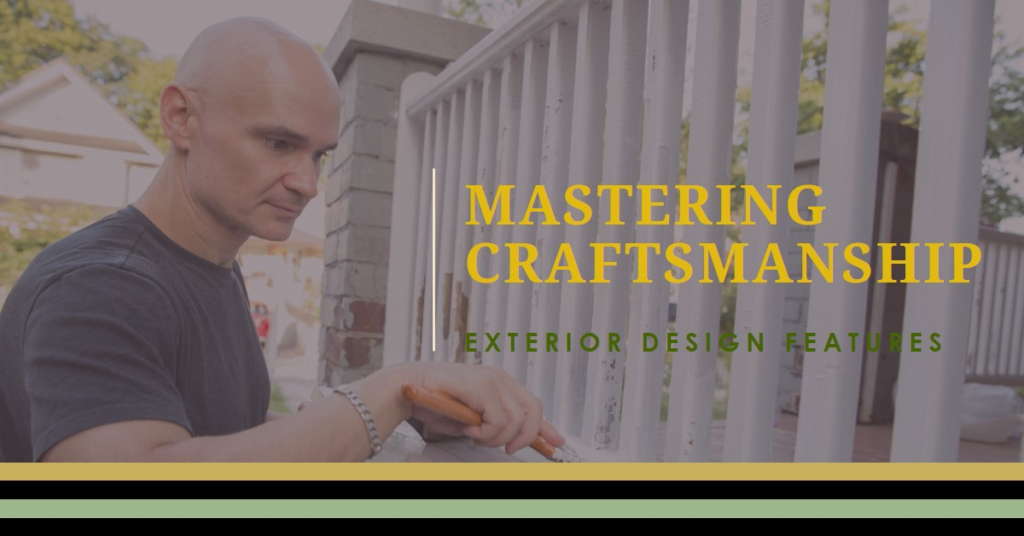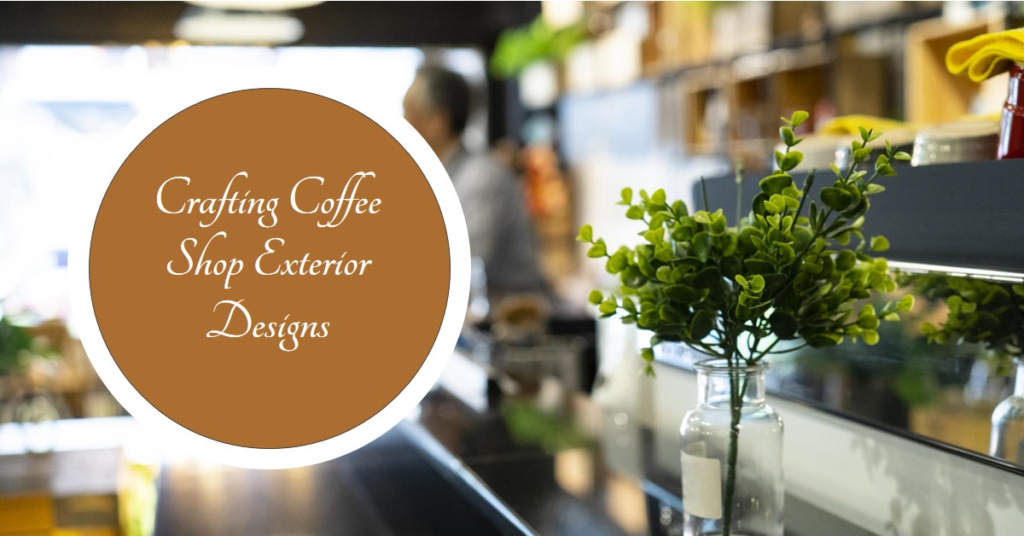
Table of Contents
- Introduction: The Art of Exterior Design
- The Foundation of Design: Architectural Styles
- Windows and Doors: The Eyes and Mouth of Your Home
- Siding and Cladding: Dress to Impress
- Roofing: The Crowning Glory
- Landscaping: The Natural Extension
- Hardscaping: Structural Beauty
- Lighting: Illuminating Elegance
- Outdoor Living Spaces: Extensions of Comfort
- Sustainable Design: Eco-Friendly Features
- Conclusion: The Mastery of Exterior Craftsmanship
Introduction: The Art of Exterior Design
When it comes to enhancing the curb appeal of your home, exterior design features play a pivotal role. Mastering craftsmanship in this area requires an understanding of various elements that contribute to the overall aesthetic and functionality of a property. From architectural details to landscaping, every aspect of your home’s exterior can be optimized to reflect your personal style while boosting the property’s value.
The Foundation of Design: Architectural Styles
Understanding different architectural styles is the first step in mastering exterior design. Whether your home boasts a classic Victorian charm, a sleek modern appeal, or a rustic farmhouse aesthetic, identifying and adhering to its architectural style ensures coherence and enhances visual appeal.
Victorian homes, for instance, are characterized by intricate trim, asymmetrical facades, and steep gable roofs. Incorporating ornate details such as spindlework, patterned shingles, and vibrant colors can accentuate this style. Conversely, modern homes often feature clean lines, large windows, and a minimalist color palette, which can be enhanced with materials like glass, steel, and concrete to emphasize simplicity and elegance.
Windows and Doors: The Eyes and Mouth of Your Home
Windows and doors are crucial in defining the exterior look of your home. Not only do they provide essential functions, but their design, placement, and materials also significantly impact your home’s aesthetic.
Opt for custom windows that complement your home’s style. For example, bay windows can add a touch of elegance to Victorian homes, while large, unadorned panes suit modern architectures. The choice of door, whether it be a grand wooden front door for a traditional home or a sleek steel door for a contemporary house, can make a strong statement. Additionally, incorporating sidelights and transom windows can enhance the entryway, making it more inviting.
Siding and Cladding: Dress to Impress
The exterior finish of your home is akin to its clothing. Choosing the right siding or cladding material is essential for both aesthetics and durability. Options range from traditional wood and brick to modern materials like fiber cement and metal panels.
Wood siding provides a timeless look and can be painted or stained to match your preferred color scheme. Brick exudes strength and permanence, ideal for a classic or industrial look. Fiber cement offers versatility with its ability to mimic wood, stucco, or masonry while being highly resistant to the elements. Metal panels, on the other hand, provide a sleek, modern appearance and are known for their longevity and low maintenance.
Roofing: The Crowning Glory
A well-designed roof not only protects your home but also enhances its architectural style. The choice of roofing material, color, and shape should complement the overall design of your home.
Traditional asphalt shingles are versatile and available in various colors, making them suitable for many architectural styles. For a more rustic look, consider wooden shingles or shakes. Metal roofs offer a contemporary feel and are incredibly durable, making them an excellent choice for modern homes. Tile roofing, commonly seen in Mediterranean and Spanish-style homes, provides a distinct and attractive appearance.
Landscaping: The Natural Extension
Landscaping is the bridge between your home and its surroundings. A well-designed landscape not only enhances curb appeal but also provides a functional outdoor space for relaxation and entertainment.
Start with the basics: lawns, shrubs, and flower beds. Choose plants that complement your home’s color scheme and architectural style. For instance, a cottage-style garden with colorful flowers and meandering paths suits a Victorian home, while a minimalist garden with sculptural plants and clean lines enhances a modern property. Additionally, consider incorporating features like pathways, lighting, and water elements to add depth and interest to your landscape.
Hardscaping: Structural Beauty
Hardscaping elements such as patios, driveways, and walkways are essential components of exterior design. These features provide structure and functionality while contributing to the overall aesthetic.
Materials like stone, brick, and concrete can be used creatively to match your home’s style. A cobblestone driveway can add charm to a traditional home, while a sleek concrete pathway suits a modern aesthetic. Patios can be designed with built-in seating, fire pits, and outdoor kitchens to create an inviting space for gatherings. Retaining walls and garden borders not only manage landscapes but also add to the visual appeal.


Lighting: Illuminating Elegance
Exterior lighting is often overlooked but plays a crucial role in showcasing your home’s features and ensuring safety. Strategic lighting can highlight architectural details, illuminate pathways, and create a welcoming atmosphere.
Consider a layered lighting approach: ambient, task, and accent lighting. Ambient lighting provides general illumination and can be achieved with fixtures like wall-mounted lanterns or post lights. Task lighting focuses on specific areas such as pathways or entrances, using bollard lights or step lights. Accent lighting, such as spotlights or uplights, can highlight trees, statues, or architectural features, adding drama and interest.
Outdoor Living Spaces: Extensions of Comfort
Creating outdoor living spaces extends the usability and enjoyment of your property. These areas can be tailored to your lifestyle, providing spaces for dining, relaxation, and entertainment.
A well-designed deck or patio can serve as an outdoor dining area, complete with comfortable seating and a grill. Pergolas and gazebos provide shaded retreats for lounging or reading. For those who love to entertain, an outdoor kitchen or bar can be a focal point. Additionally, features like fire pits, water features, and outdoor heaters can extend the use of these spaces into the cooler months.
Sustainable Design: Eco-Friendly Features
Incorporating sustainable design features into your home’s exterior not only benefits the environment but can also reduce long-term maintenance and utility costs. Consider using eco-friendly materials and technologies to enhance your home’s sustainability.
Solar panels are a popular choice, providing renewable energy and reducing electricity bills. Green roofs, which are covered with vegetation, help with insulation and rainwater management. Rain gardens and permeable paving can manage stormwater runoff and reduce the strain on municipal systems. Additionally, using native plants in landscaping reduces water usage and supports local ecosystems.
Conclusion: The Mastery of Exterior Craftsmanship
Mastering the art of exterior design involves a careful balance of aesthetics, functionality, and sustainability. By thoughtfully selecting architectural details, windows, doors, siding, roofing, landscaping, hardscaping, lighting, and outdoor living spaces, you can create a harmonious and visually appealing exterior that reflects your personal style and enhances your home’s value. Embracing sustainable practices further ensures that your home remains environmentally friendly and efficient for years to come.


